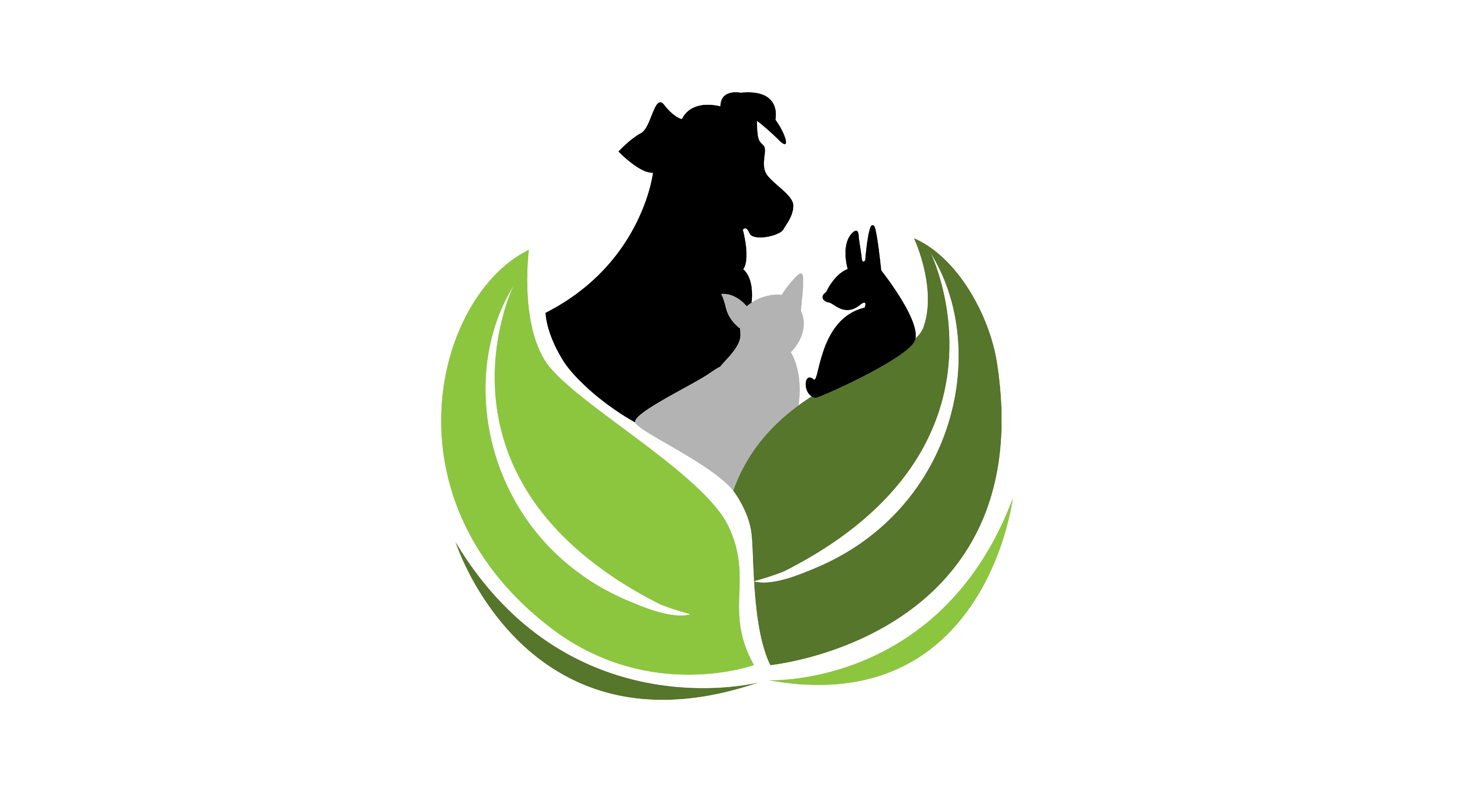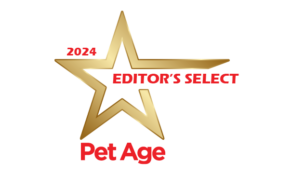Senior Pets, Supplements and Pet Food
Stacy Mantle //February 9, 2015//
![91195025-[Converted]](https://www.petage.com/wp-content/uploads/2015/02/91195025-Converted-231x300.jpg) Just as Boomers are reaching their golden years, animals are achieving much longer life spans, thanks largely to the devoted care of the Boomer generation. Senior pets continue to be a fast growing segment of the pet industry and, as a result, supplements are expected to continue their remarkable growth.
Just as Boomers are reaching their golden years, animals are achieving much longer life spans, thanks largely to the devoted care of the Boomer generation. Senior pets continue to be a fast growing segment of the pet industry and, as a result, supplements are expected to continue their remarkable growth.
“One in five dogs in America suffers from some form of mobility issue,” said Mark Peltonen, managing director of RxMobility. This equals out to about 16 million dogs. “Those 16 million reasons motivated RxMobility to develop a 100 percent natural solution that addresses not only the source of the problem but has wider ranging health benefits for every canine’s bone, muscle and joint functions.”
The American Pet Products Association (APPA) reports that nearly 15 percent of dogs in U.S. households are 11 years of age or older. According to the American Veterinary Medical Association (AVMA), nearly 50 percent of U.S. households own a dog or cat that is older than the age of six, with over a quarter of those being at least eight years old. In the last decade, the number of cats more than 10 years of age has increased by 15 percent throughout North America and the number of cats aged 15 years or older has increased from 5 to 14 percent. Since 1930, the average life expectancy of cats has nearly doubled.
There is a steady influx of new products as consumer preference for natural remedies vs. pharmaceuticals continues to grow. The advantages of natural remedies are obvious: affordability, availability and fewer side effects. Despite a lack of formal regulation, sales are expected to reach $1.6 billion by 2015, a 27 percent increase from sales made in 2010.
According to Packaged Facts, joint and/or senior health products account for approximately one-third of retail sales of dog supplements and one-fifth of retail sales of cat supplements. Estimates are based on the level of product representation in brick-and-mortar retail venues, catalogs and online. Among canine supplements, joint/senior products are followed by multivitamin/mineral supplements (23 percent) and skin/coat supplements (22 percent), with weight supplements much further down the list (at just 1 percent).
Multivitamins rank number one among feline supplements (28 percent), with other top conditions being skin/coat (23 percent) and digestive health (15 percent). Joint products—predominantly glucosamine, chondroitin, hyaluronic acid and MSM—also lead on the equine side, accounting for almost one-third of horse supplement sales (32 percent), followed by digestion supplements, general supplements and hoof supplements.
It’s little wonder we see pet food companies creating specialized foods designed to deliver various supplements. Yet, sourcing of ingredients and whether or not a food or treat contains enough supplements to be considered therapeutic are both still up for debate.
“Two of the biggest misconceptions about supplements among pet owners and pet store retailers is their understanding of what ‘Made in the U.S.A’ means and also the idea that cat or dog food with enhanced supplements can be used as a supplement substitute,” said Amy Paris, founder of LICKS Pill-Free Solutions. “LICKS is 100 percent sourced in the Americas. If we cannot find an ingredient from North American suppliers, we won’t use it.”
Truth in Packaging and Functional Foods
Consumers are demanding simple, easy to understand packaging that clearly conveys the benefits of the product.
“Our new Clean Label initiative is based on short lists of pure, pronounceable and purposeful ingredients. This approach respects the intelligence of customers and makes it easier for retailers to talk about nutrition,” said Anthony Bennie, founder of Clear Conscience Pet. This proposal was at the forefront of three symposium seminars presented at H.H. Backer’s 2014 Total Pet Expo in a program entitled, “The Next Wave in Natural.”
Just as consumers want easily understood packaging, they also want the truth about the ingredients of a product. Functional treats and foods are designed to include nutraceuticals and supplements, although few brands actually contain enough of them per serving size to be functional. This is a scenario that must be remedied as consumers become more educated.
Pet Food: Back to Basics
According to market research firm GfK, the natural food category, which has been driving the pet food market for more than 10 years, continues to spawn trends that rise and fall on much shorter time frames, challenging manufacturers and retailers to keep pace while making a profit.
“The natural category still accounts for 79 percent of all new items introduced so far in 2014, 67 percent of sales,” according to GfK.
According to a November 2014 report from Euromonitor, “2014 growth in the pet food industry was spurred by premium products, including grain-free, organic, freeze-dried and raw pet food varieties. Frozen raw pet foods are emerging as leaders in the pro-natural wave as wary consumers, concerned about the sourcing, transparency and adequacy of food ingredients, seem to be going back to basics, seeking niche products whose value added resides in not appearing manufactured.”
“Natural remains pretty much the only game in town when it comes to high-growth dog and cat food items,” said Maria Lange, senior product manager of GfK’s Retail and Technology team, which manages the pet specialty panel. “Dog and cat owners have shown a willingness to pay extra for emerging benefits—such as gluten-free and freeze-dried—that often mimic the ones seen in human food. Manufacturers and retailers need to give their customers access to the latest talked about SKUs while keeping actual sales dollars in perspective. Categories posting the highest growth and capturing the most headlines may still be minor forces when it comes to meeting revenue targets.”
Concerns about the quality and safety of foods are driving the market to become more transparent about how their ingredients are sourced and where they are sourced from. It’s not enough to “assemble” in the U.S.; ingredients must be sourced here as well.
For a real look at what will succeed in the pet industry, one must look to the trends in human foods. Organic, grain-free, high-protein foods are in; preservatives are out. Humanization trends in pet care will continue to drive the industry. As such, new trends can be predicted by examining human food trends.
“As pets increasingly assume the role of family members in households, owners are looking to confer the benefits of their own wellness routines, especially functional ingredients,” said William Grand, president and CEO of NutriFusion.
The American Pet Products Association estimates over $22 billion was spent by Americans on pet food in 2014, up from $21.57 billion in 2013. In the last ten years, U.S. spending on pets has surged nearly 244 percent to $58 billion.
With such a massive industry comes tremendous responsibility. It will be up to the manufacturers to be truthful in their labeling and up to the consumers to regulate and police the products.



















